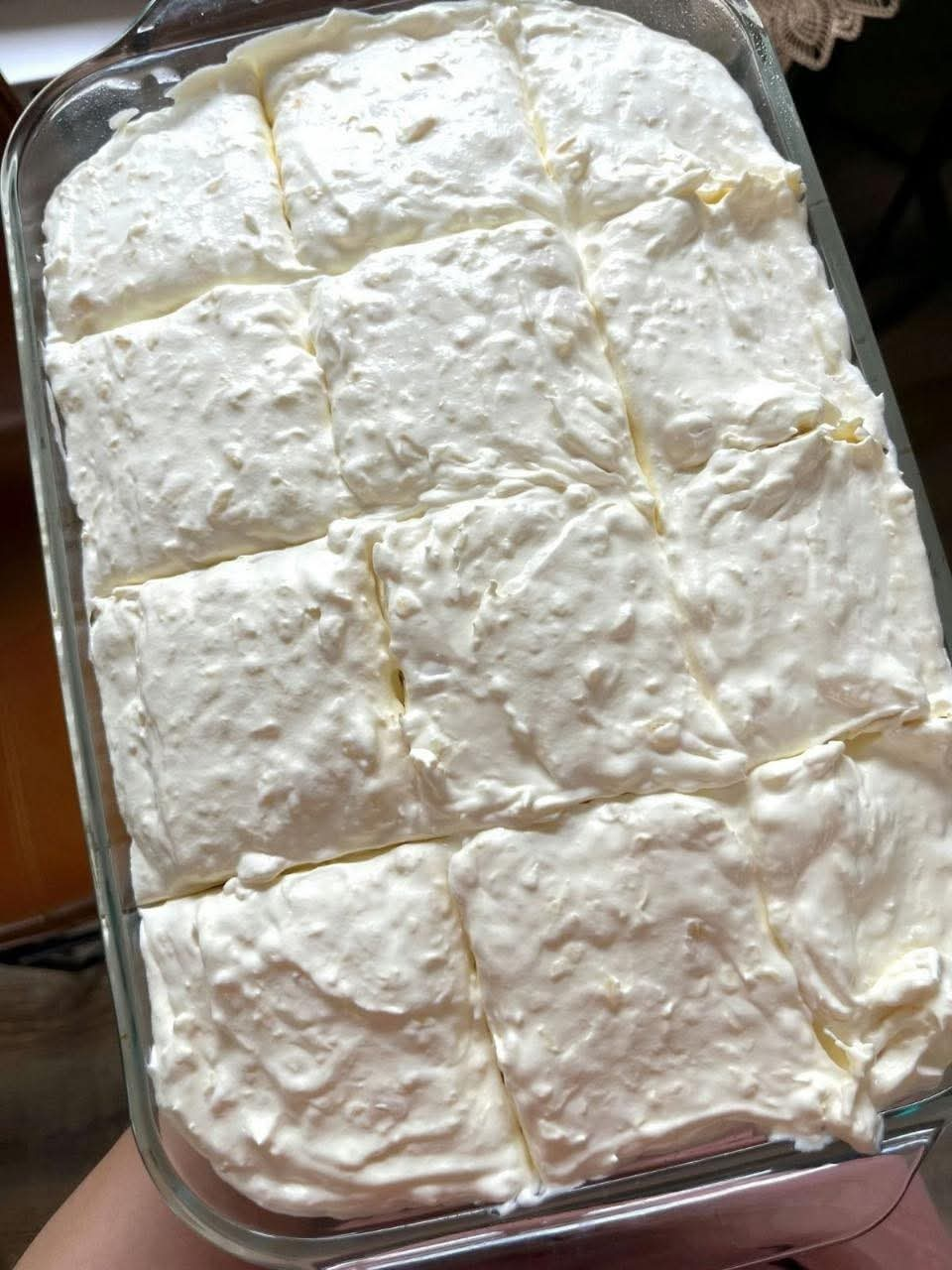Schlumbergera is a beautiful and low-maintenance plant that is cherished for its delicate blooms and vibrant colors, often seen around the holiday season. These charming plants, also known as Christmas Cactus, are well-known for their stunning flowers that feature vibrant white petals tipped in pink. Whether in full bloom or in between, Schlumbergera makes a wonderful addition to any indoor space with its unique, cascading growth habit and easy care requirements.
Key Features of Schlumbergera
1. Beautiful Blooms: Schlumbergera is famous for its colorful, tubular flowers that can appear in a range of shades, including white, pink, red, purple, and yellow. The blooms often have a delicate appearance with soft, ruffled edges and are especially striking when they contrast with the plant’s dark green stems. They bloom profusely during the winter months, typically around the holidays, making them a festive addition to the home.
2. Easy Care: Despite their gorgeous appearance, Schlumbergera is relatively easy to care for, making it a great choice for both novice and experienced plant owners. Its needs are simple and manageable, and with the right care, it will reward you with vibrant blooms year after year.
Optimal Growing Conditions for Schlumbergera
1. Light Requirements:
Schlumbergera thrives in bright, indirect light. Direct sunlight can scorch its delicate leaves and cause the plant to become leggy or unhealthy. A well-lit spot near a window with filtered sunlight is ideal for this plant. If your home doesn’t get much natural light, you can also use grow lights to provide the necessary light for healthy growth.
2. Watering:
It’s essential to maintain the right moisture balance for Schlumbergera. The soil should remain lightly moist, but not soggy. It’s best to water thoroughly when the top inch of the soil feels dry to the touch. Overwatering can lead to root rot, so make sure the water drains well from the pot. Avoid letting the plant sit in water, and be cautious of the water level when the plant is resting during its dormancy period after blooming.
3. Soil:
Schlumbergera prefers well-draining soil, particularly a cactus mix, which allows excess moisture to drain easily. This prevents the roots from sitting in too much water, a common cause of fungal infections and root rot. If needed, you can improve drainage by adding perlite or sand to the potting mix.
4. Temperature:
Schlumbergera grows best in moderate temperatures ranging from 60-70°F (15-21°C). This range provides the ideal conditions for flower production and healthy growth. Avoid placing the plant in areas with extreme temperature fluctuations, such as near heating vents or air conditioning units, as this could stress the plant and affect its blooming.
5. Humidity:
This plant enjoys moderate to high humidity levels. If the air in your home is dry, especially during the winter months when heating systems are on, you may need to increase humidity around your plant. You can do this by placing the pot on a tray of pebbles and water or using a room humidifier to maintain the moisture levels.
Fertilizing Schlumbergera
Schlumbergera benefits from monthly fertilizing during the growing season, typically in spring and summer, when the plant is actively growing. Use a balanced 20-20-20 fertilizer, diluted to half strength to avoid over-fertilizing. Feeding helps support healthy growth and encourages abundant blooming when the plant enters its flowering phase. Be sure to stop fertilizing during the plant’s dormant phase in fall and winter when it is not actively growing.
Care Tips for Schlumbergera
Repotting: Repot your Schlumbergera every 2-3 years or when the plant outgrows its pot. Choose a container that is just one size larger than the current pot, as Schlumbergera prefers being slightly root-bound. This encourages more blooms rather than excessive leaf growth.
Pruning: After blooming, you can prune back the stems to help maintain the shape of the plant and encourage fuller growth for the next season. Use clean, sharp scissors to trim any dead or leggy growth. Pruning can also prevent the plant from becoming too top-heavy or sprawling.
Rest Period: After blooming, Schlumbergera enters a rest period where it should not be watered or fertilized as frequently. Allow it to rest for about 6 weeks in a cooler, darker area, which encourages next season’s blooms. During this time, reduce watering and let the plant dry out a little more between waterings.
Common Issues and Troubleshooting
1. Yellowing Leaves:
Yellow leaves could be a sign of overwatering, under-watering, or inadequate lighting. Ensure the plant is getting bright, indirect light, and adjust your watering routine if necessary.
2. Drooping Blooms:
If the blooms droop or fail to open, it may be due to inconsistent watering or temperature stress. Try maintaining more consistent watering and avoid placing the plant near drafts or heat sources.
3. No Blooms:
Schlumbergera can sometimes fail to bloom if it hasn’t experienced the proper rest period or if it’s been exposed to too much light. Ensure that your plant gets enough dark hours (at least 12-14 hours a day) to trigger blooming, especially as the holidays approach.
4. Pests:
While relatively pest-resistant, Schlumbergera may occasionally be susceptible to pests like mealybugs, aphids, or scale insects. If you notice pests, treat the plant with insecticidal soap or wipe the affected areas with rubbing alcohol on a cotton swab.
Displaying Schlumbergera
Schlumbergera is often placed in hanging baskets, decorative pots, or as part of a plant display. Its vibrant blooms and trailing stems make it a standout feature in any room, especially around the holidays. You can also incorporate it into a window garden where it can cascade beautifully over the edge of a pot. For a festive touch, place it on a table or mantel where its colorful blooms can be enjoyed by guests.
Conclusion
Schlumbergera, with its delicate flowers and manageable care requirements, is an excellent choice for anyone looking to add a pop of color and festive cheer to their home. With proper care—bright, indirect light, moderate watering, and the right soil—it will reward you with stunning blooms, particularly during the winter months when most other plants are dormant. By following a simple routine of feeding, watering, and giving it a well-deserved rest period, your Schlumbergera will continue to thrive and bloom year after year, making it a treasured addition to any plant collection.
More Articles You Might Like
-
Texas Toast Sloppy Joes: The Crunchy, Cheesy Upgrade You Didn’t Know You Needed
There’s something timeless about sloppy joes. For generations, this saucy, savory, and slightly sweet ground beef sandwich has been a go-to comfort food in American kitchens. It’s quick, filling, and family-friendly—perfect for busy weeknights. But what if we told you there’s a way to take this classic dish up a notch? Enter the Texas Toast…
-
Classic Pig Pickin’ Cake
When it comes to Southern desserts, few sweets shine as brightly as the Classic Pig Pickin’ Cake. This nostalgic cake, sometimes called a “Mandarin Orange Cake,” has roots deep in Southern tradition. It gets its playful name from its frequent appearance at pig pickin’s—Southern-style barbecue gatherings where communities come together to enjoy slow-cooked pork, sides,…
-
Lemon Garlic Butter Chicken with Creamy Parmesan Pasta
There’s something irresistible about the combination of tender, golden-browned chicken paired with a creamy pasta coated in Parmesan cheese. Add the brightness of lemon, the depth of garlic, and the richness of butter, and you have a recipe that feels indulgent yet approachable enough for a weeknight dinner. Lemon Garlic Butter Chicken with Creamy Parmesan…



